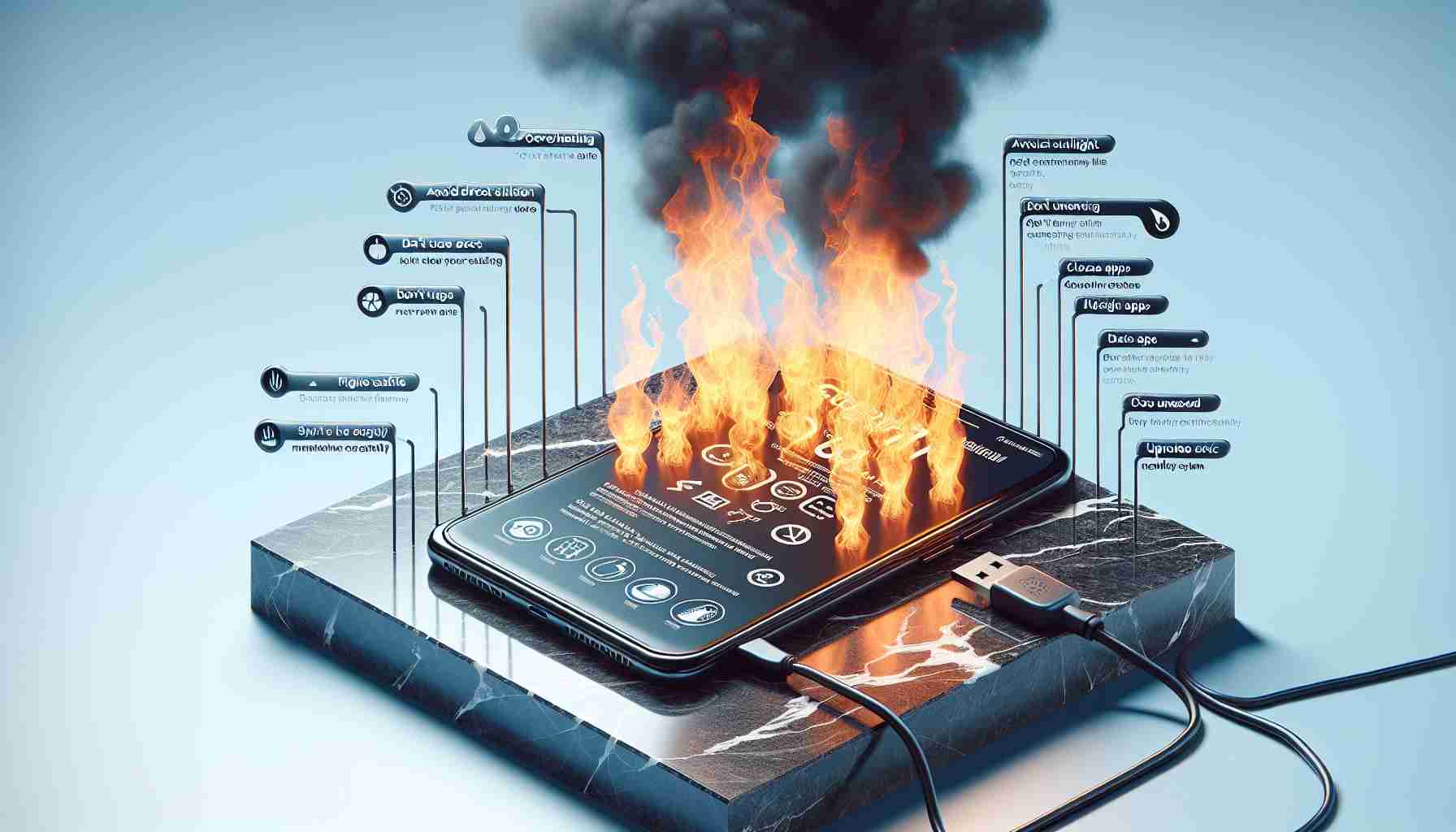Avoid Direct Sunlight
Keep your smartphone away from direct sunlight or any other place where temperatures may rise, such as the dashboard of a car.
Limit Intensive Usage
Reducing the need for your phone’s processor to work hard will help it stay cool. Try using airplane mode when possible.
Remove Phone Case
Consider removing your phone case or using one specifically designed to dissipate heat using breathable materials and improving airflow.
Charge in a Cool Environment
Charging generates heat, so try to avoid it when your phone is already hot. If you must charge, avoid using the phone during charging.
Let Your Phone Cool Gradually
Smartphones don’t like extreme temperatures, including sudden fluctuations. For example, putting your phone in the fridge to cool it down can be harmful. Gradual cooling is best to prevent additional damage to internal components.
New Strategies to Prevent Smartphone Overheating
When it comes to smartphone overheating, there are several additional factors to consider to keep your device safe and functioning optimally.
How important is proper ventilation for smartphones?
Proper ventilation is crucial for preventing smartphone overheating. Ensure that the vents and openings on your device are not blocked, as this can impede airflow and lead to increased temperatures.
What role does software optimization play in preventing overheating?
Software optimization is key in managing a smartphone’s temperature. Keeping your operating system and apps updated can help improve efficiency, reducing the strain on the device’s hardware and minimizing the risk of overheating.
Are fast charging technologies contributing to overheating issues?
While fast charging technologies are convenient, they can also generate excess heat during the charging process. Consider using a standard charging method if you are experiencing recurrent overheating problems with your device.
Advantages and Disadvantages of Cooling Apps
Advantages: Cooling apps are designed to monitor and regulate your device’s temperature, offering real-time insights and recommendations to prevent overheating.
Disadvantages: Some cooling apps may consume additional resources and battery life, potentially counteracting their intended purpose.
In conclusion, staying mindful of proper ventilation, software updates, and charging practices are essential in mitigating the risks of smartphone overheating. By implementing these strategies, you can prolong the lifespan of your device and prevent potential damage caused by excessive heat.
For more information on smartphone maintenance and care tips, visit TechRadar.
